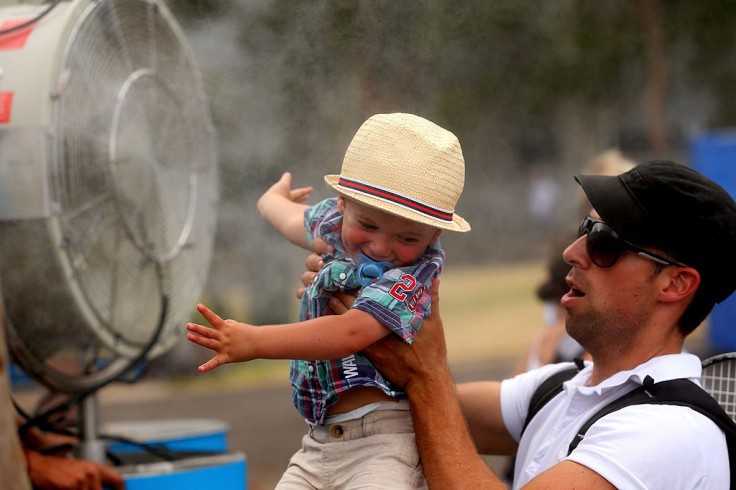
Saying the words "NO" and relative terms like "DON'T" and "SHOULDN'T" is probably every parent's default word. When you tell your child no frequently, chances are your child would regularly ignore you.
Your child may have heard the word so often that they learned to tune it out. The danger is when your child is too young to judge when listening to "no" is essential, such as when she is about to do something unsafe.
It may be impossible for you as a parent to say "no" sometimes, but life can be easier if you can find other ways to guide your child, Baby Center writes.
Here are some tips on how to say no without saying the word:
Speaking in positive terms
Speaking in favorable terms allows the toddler to problem-solve and develop critical thinking. Instead of hearing what they can't do, focus on what they can do. For example, instead of saying, "No, you cannot throw the ball in the living room," you could say, you can throw the ball down the hall," or "we only throw the balls outside."
If the child is having fun playing, like using glue, paint or play dough and getting it all over the floor, experts suggest popping some newspapers on the floor. Ask the kids to keep the materials in the newspaper rather than asking them to stop what they enjoy doing.
Business Insider, however, warns parents that this approach would not work when they need to act quickly to keep the child safe. A firm and assertive "NO" is the best when the child is about to do something dangerous.
A change in wordings
Experts suggest that instead of saying, "careful, you might break that plate," parents may say something like, "thank you for using two hands to keep the plate from breaking."
Telling them what you want
Show your toddler what you want them to do instead of reinforcing what you do not want them to do. Instead of pulling the dog's tail, show the kids what you want them to do, like demonstrate how to touch the dog gently and telling the kid, "here is how to give the dog gentle touches," or "here is how to stack the blocks," instead of throwing them.
Explain why
Toddlers may need an explanation of why something is not okay with them. The reason helps toddlers over time to make better choices. Examples could be, "Brushing your teeth every night keeps them safe from toothache and tooth decay."
Validate their feelings
Experts suggest that instead of saying "no, you can't have that," when a toddler wants something in a store, try validating their feelings like "I know you want that toy. It looks special, but we will not buy it today."
Another parent said you could validate that she likes the toy, but tell her that you will take a photo of it. Mom can buy it on her birthday or another occasion. The mom says the gesture also helps her remember what to give her kids on special occasions.
Save "NO!" for emergency
As per Lovevery.com, a passionate "NO!" is necessary for an emergency. Other words would include "STOP" or "STAY THERE!"
Related Article: Disney's "Out of Mind" Movie to Center on Children with Cerebral Palsy, Other Disabilities